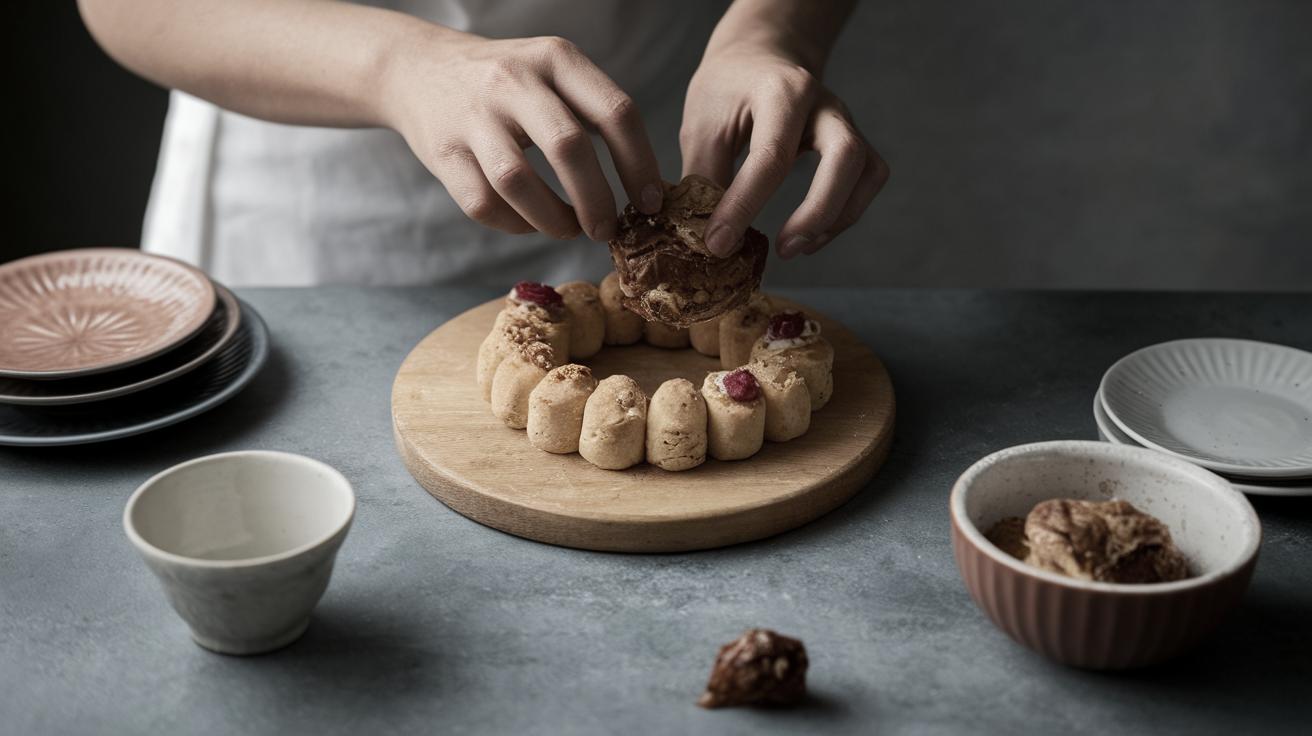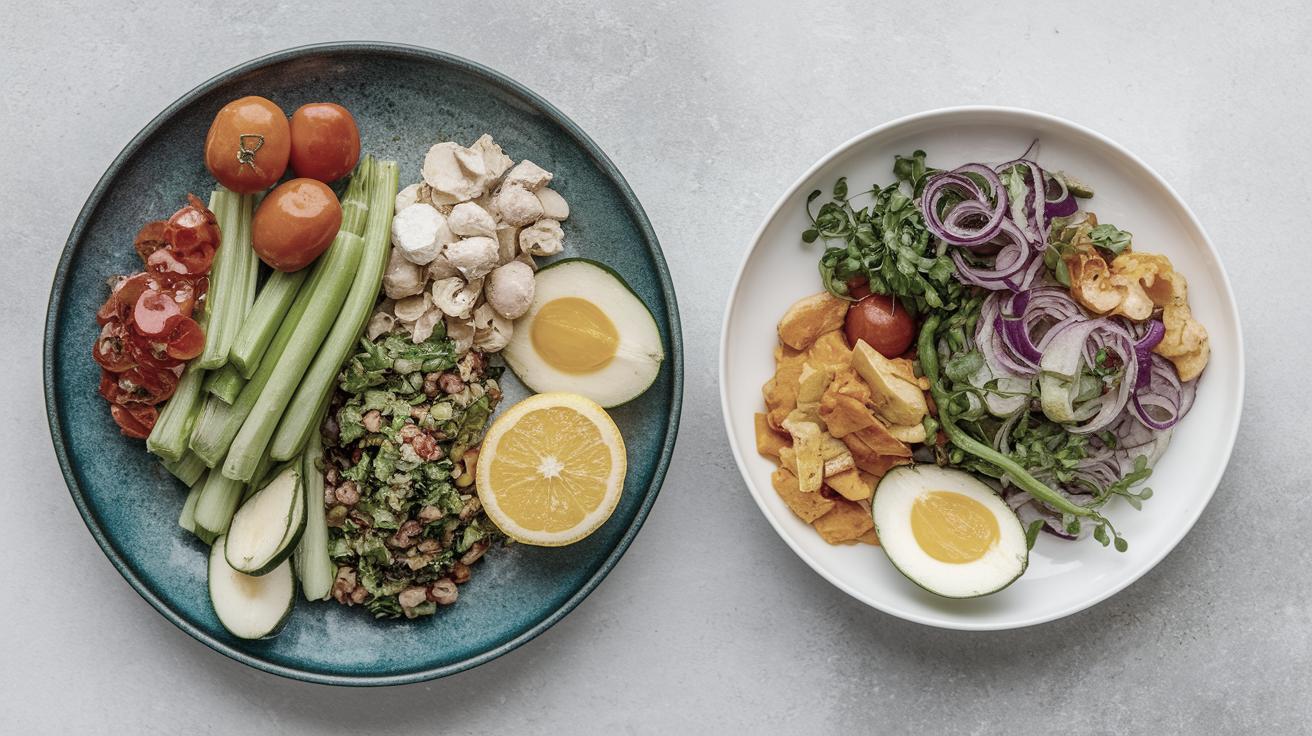Mastering the Art of French Pastry
French pastry, a tantalizing blend of art and taste, captivates with its delicate textures and rich flavors. From exquisite madeleines and éclairs to the flaky perfection of croissants, the journey through French patisserie promises indulgence in buttery goodness and luxurious creams. In this blog post, we’ll explore the essentials of creating beautiful pastries, focusing on caramel-infused delights, self-saucing chocolate wonders, and the classic cheesecake. With step-by-step insights, you’ll learn to craft these delectable desserts that celebrate both tradition and innovation. Unearth the magic of patisseries, where every recipe is a testament to flavor and craftsmanship. Let’s go beyond the basics and unravel the techniques that make French pastries an irresistible culinary art form.
1. Caramel Sauce
Caramel sauce is the essence of many French pastries, its sweet, rich flavor infusing desserts with an irresistible depth. The art of making caramel sauce lies in the balance between buttery richness and dark caramelization. To achieve the perfect consistency, patience and precision are key. Start by combining sugar and water in a saucepan, gently heating until you witness the transformation from clear liquid to deep amber. This chemical marvel requires undivided attention, as a few seconds can make the difference between perfect caramel and a bitter concoction. Add a hint of salt to accentuate the sweetness, and finish with a swirl of heavy cream to create a glossy, versatile sauce.
Caramel sauce pairs beautifully with a wide range of pastries, enhancing everything from éclairs to crème brûlée. Its versatility makes it a staple in any patisserie repertoire. Drizzle it over your desserts for an elegant finish or incorporate it into tarts for luxurious layers of flavor. Whether you employ it as a topping or a filling, mastering caramel sauce is a gateway to crafting French desserts that delight the senses and satisfy the soul.
2. Caramel and Apple Shortbread
The combination of caramel and apple in a shortbread crust is a French patisserie delight that elevates the humble apple to new heights. This dessert begins with a foundation of buttery shortbread, crumbly yet tender, serving as the perfect canvas for the vibrant flavors of the fillings. Creating shortbread involves the harmonious blending of butter, sugar, and flour until a perfect dough forms, inviting your senses and hinting at the lush texture to come.
Once your shortbread base is prepared, a caramel and apple filling takes center stage, melding the sweet richness of caramel with the fresh, tart notes of green apples. As the apples cook and meld with the caramel, the aroma becomes intoxicating, promising a taste of French elegance with each bite. As a finishing touch, a sprinkle of flaky sea salt over the top enhances the complexity of flavors, an ode to the craft of French patisserie that marries contrasting elements beautifully.
3. Self-Saucing Chocolate Pudding
For chocolate lovers, the self-saucing chocolate pudding is an incredible indulgence that embodies the essence of French culinary ingenuity. This dessert comes alive during baking, forming a luscious sauce beneath a moist, spongy cake. The preparation involves creating a batter from cocoa, eggs, butter, and sugar — a harmonious blend that promises a decadent experience. As the pudding bakes, the magic of chemistry assures a luscious liquid center, a luxurious surprise for every spoonful.
Serving the pudding warm is essential to fully appreciate the interplay between the soft, airy cake and the rich, molten chocolate sauce nestled beneath. Whether you velvety the experience with a scoop of homemade vanilla ice cream or drizzle a bit of cream on top, this self-saucing delight epitomizes the charm of French desserts: where every component is crafted to perfection, resulting in a symphony of taste and texture.
4. Cheesecake
While cheesecake may traditionally hail from beyond the French borders, its adoption into French patisserie is a testament to its universal appeal. French-style cheesecakes emphasize texture and flavor, often opting for a lighter, more refined experience than its denser, American counterparts. Key to mastering French cheesecake is in the choice of cheeses; a harmonious blend of cream cheese and fromage blanc or quark renders a smooth, subtly tangy base.
The crust of a French cheesecake is typically less sweet, often using finely milled shortbread or digestive biscuits to complement the fluffiness of the filling. Once baked to a jiggly firmness, it is chilled to perfection. Some variations call for a touch of lavender or a drizzle of fruit coulis, adding a hint of sophistication that characterizes French desserts. By mastering the French cheesecake, you add to your repertoire a dessert that embodies elegance and simplicity, ideal for impressing guests or indulging on a quiet afternoon.


